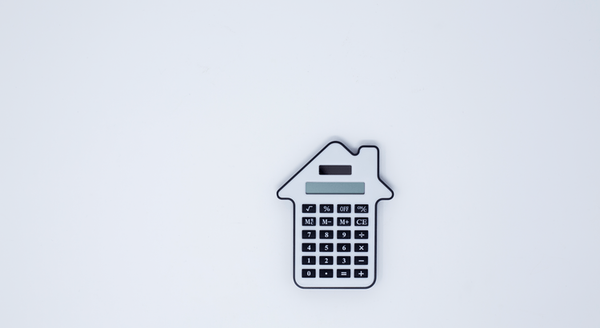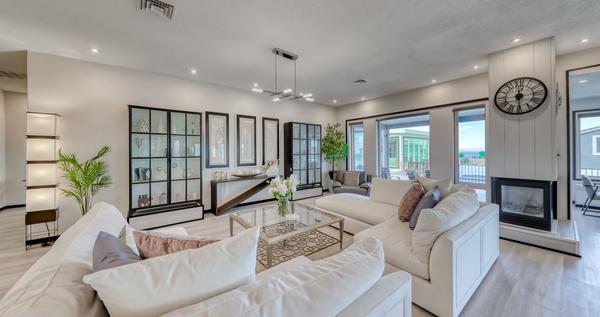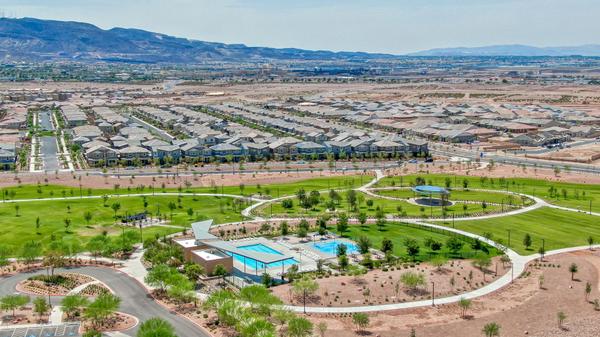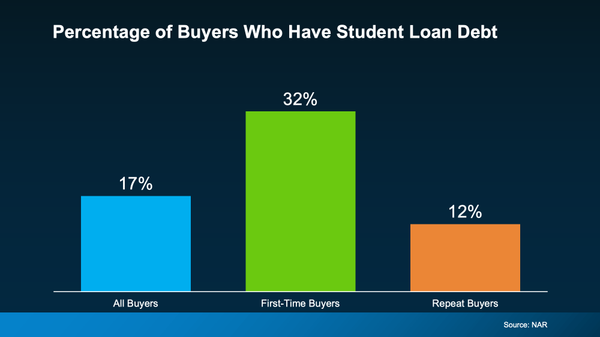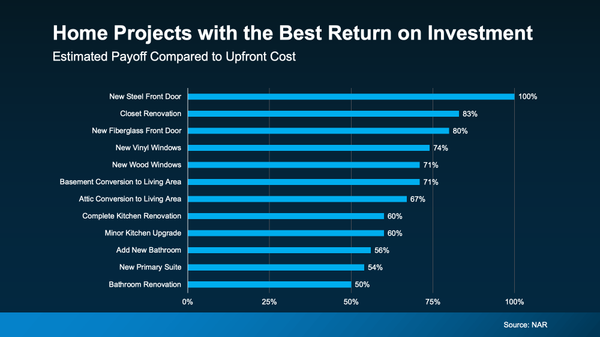Myth Busters: Presidential Elections Affect Home Prices
Myth Buster: Presidential Elections Affect Home Prices

Most of us don’t like uncertainty and hold off making big life decisions when faced with it. Recently, we’ve heard many potential homebuyers state that they’re waiting until after the election to make a home purchase. So we felt it prudent to share this myth buster to help homebuyers make decisions based on real data and facts versus politician’s exaggerated advertisements.
According to historical data by Case-Shiller, since 1987 the average home price has increased by 4.84% while conversely on non-election years the median home price average has risen 4.44%, on average.
What were the top 5 years for home appreciation?
- 2021 (18.87%)
- 2004 (13.64%)
- 2005 (13.51%)
- 2013 (10.71%)
- 2020 (10.43%)
*Election years are in bold.
What years experienced the most significant decline in home prices?
No surprises, the worst year for home prices was 2008 during the financial crash.
- 2008 (-12%)
- 2007 (-5.4%)
- 2010 (-4.11%)
- 2011 (-3.88%)
Since these data records began in 1987, outside of the 2008 to 2011 period, only one other period experienced a national price decline. That was in 1990-1991, when the decline was less than a quarter of a percent – which is relatively nominal and more like a flat market. Political ads are designed to grab your attention with shock advertising because they want to create uncertainty so you will go out and vote. Of course voting is very important, but the election results really have no impact on home prices.
According to Ken H. Johnson, an economist at Florida Atlantic University:
“Many speculate on how presidential elections impact home prices. To date, there is no statistical evidence that one winning side versus the other has any impact on home prices.”
So if elections don’t affect home prices, then what does?
There are three key factors at play here:
1. Supply: The number of homes on the market meeting, below, or exceeding the demand for home purchase.
Just like seeing toilet paper prices triple during Covid – because apparently we lost the ability to make toilet paper in the US – people were buying in bulk quantities which meant suppliers could not keep up with demand, so the price skyrocketed. Once shoppers quit bulk buying because they had stocked their homes with enough toilet paper to last a year, prices then came back down as demand decreased.
We saw the same occurrence in 2021; a huge increase in buyer demand but low home inventory on the market. After a spike in 2021, it then tapered off to a more average home appreciation price point once supply and demand settled. The reverse is also true – when there’s more supply than demand, home prices decline until the supply equalizes with the demand.
2. Interest Rates: Most buyers have a mortgage and a set amount they can afford based upon their current income. Therefore, when interest rates rise it causes buyers to purchase homes at lower price points or hold off purchasing altogether, which impacts demand. As mortgage rates started to fall into the low 6% range recently and we saw a couple of dips below 6% buyer demand picked up.
3. Regional Occurrences: Outside of the national market, regional economics also play a significant role on the local housing market. In the 1980s, Texas was hit hard when oil prices plummeted, as at that time oil was a huge part of the Texas economy. The same applies to Nevada, the year that we experienced a large drop in tourism rates, outside of 2021, we also experienced local price adjustments on home prices. Nevada has been working hard to balance its employment base beyond the hospitality industry. Although this is still our largest employment sector, other areas including health, tech and manufacturing have been steadily growing in market share.
When is the right time to purchase a home?
Personal circumstances are the leading factors here.
- Those whose income is sufficient, so they can start investing in their personal net worth versus their landlord’s.
- Those who feel they will be living in the Valley for more than 3 years. If only I had a dollar for everyone I’ve met who told me they only plan to be here for 1-2 years, yet 5 to 10 years later they’re still here.
- Those who understand the value of homeownership and are ready to make the move with confidence.
If you don’t find yourself ready yet but would like to understand more, we have a homebuying journey where we can walk you through the benefits and limitations, advise on next steps and then help find the perfect home when you're ready. It’s never too early to get started – the better prepared you are, the better decisions you’ll make.

Data from https://www.bankrate.com/real-estate/election-year-housing-market/
Categories
Recent Posts
